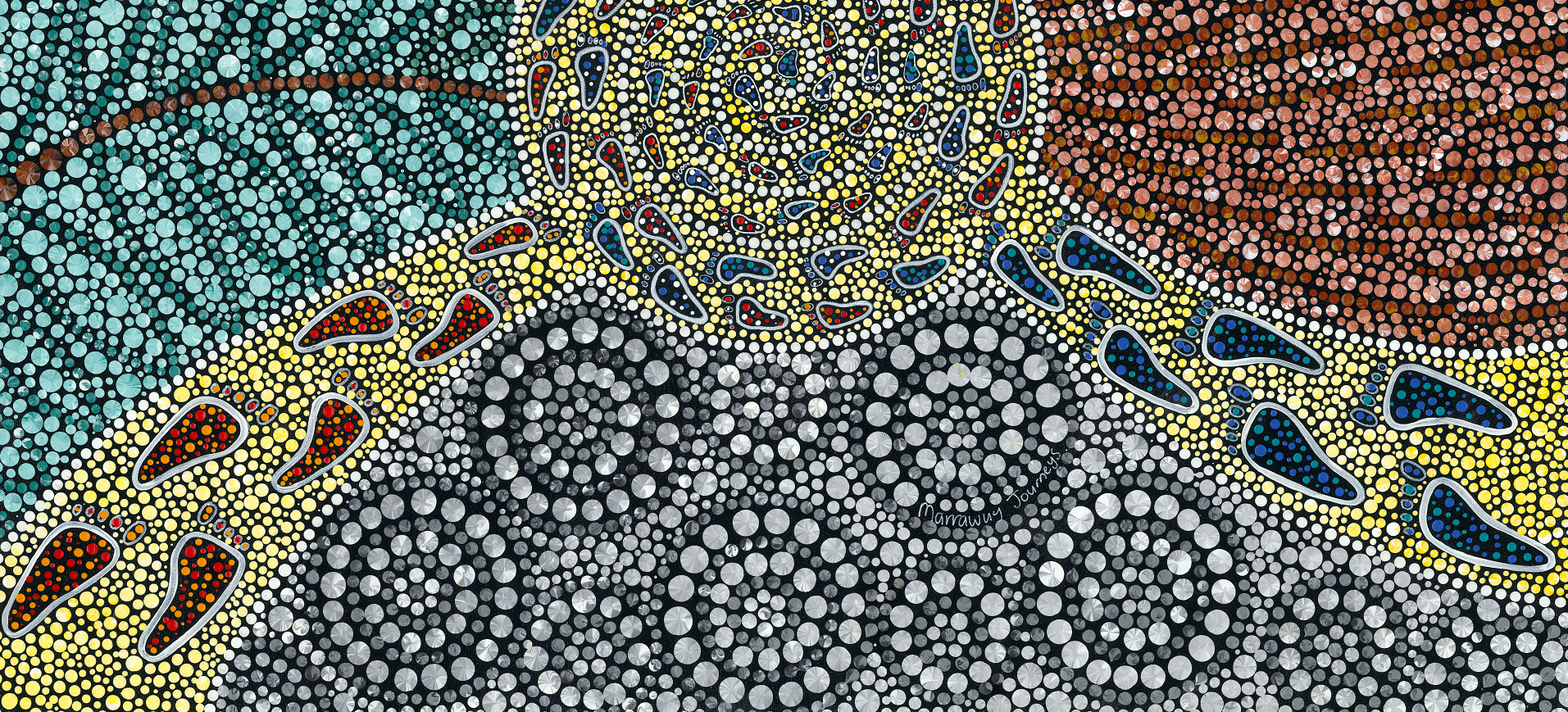The AMC Guidance Matrix accompanies the 2023 Standards for Assessment and Accreditation of Primary Medical Program (medical school standards).
The aim of the Guidance Matrix is to share AMC accreditation expectations and current practice related to the standards with medical schools, AMC assessment teams and reviewers, and other key stakeholders.
The Guidance Matrix includes ‘Explanation’ of standards to provide further, plain language context on the standards. This includes explaining language in the standards and providing high-level frameworks for what the AMC expects when accrediting schools against the standards. Note that not all standards have a corresponding Explanation, only the (parts of) standards that the AMC has determined may require further clarity.
The Guidance Matrix further includes an indicative list of ‘Evidence’ that the AMC would generally seek to demonstrate a school’s achievement of or progress against a standard. Evidence supports descriptive text contained in a submission. There are two types of evidence listed:
- Documentary evidence – These are existing documents or descriptions of practice written for the submission, to be included in the body of a submission or in an appendix. Not all types of evidence listed will be required or even relevant to all schools, and there will usually be other types of evidence that schools provide during an accreditation activity that are not included in the list. Documentary evidence should always be contextualised, both in that the narrative text in the submission should describe the relevance of the evidence and in that the evidence should contain key details, for example date and authorship where relevant. More evidence is required for initial accreditation, reaccreditation or extension of accreditation submissions than for monitoring submissions.
- Interview and observational evidence – These are types of discussions with stakeholders and observations of facilities or activities that an AMC accreditation team would conduct during an accreditation or follow-up visit. These lists are more indicative than the list of documentary evidence, as the topics discussed, and stakeholders invited for discussion, will vary more widely depending on the challenges and strengths of the school being accredited. More comprehensive discussions and observations to cover all standards are required for an accreditation visit. For visits conducted for a material change submission or for an accreditation follow-up, discussions and observations will typically be focused on a specific set of standards.
The Guidance Matrix also contains ‘Example(s)’ of practice that meets or is on the way to meeting standards. These examples have been provided by medical schools. The AMC recognises that schools will have different and innovative ways of achieving the standards appropriate to their local context and strengths. Examples are included as a platform for collaboration and innovation, particularly where schools have shared challenges.
Finally, the Guidance Matrix includes ‘Resources’ that provide expert academic or policy views relevant to the standards. Except where these are AMC documents, the AMC does not necessarily endorse views contained in the resources.
Two further important notes:
- Words or phrases that have an asterisk* after them are defined in the glossary. Stakeholders should refer to the glossary definition for further explanation.
- The Guidance Matrix is a living document that will be continuously updated to reflect contemporary practice and contributions from stakeholders. Stakeholders are encouraged to provide feedback to the AMC and suggest additional examples and resources by contacting standardsreview@amc.org.au.
